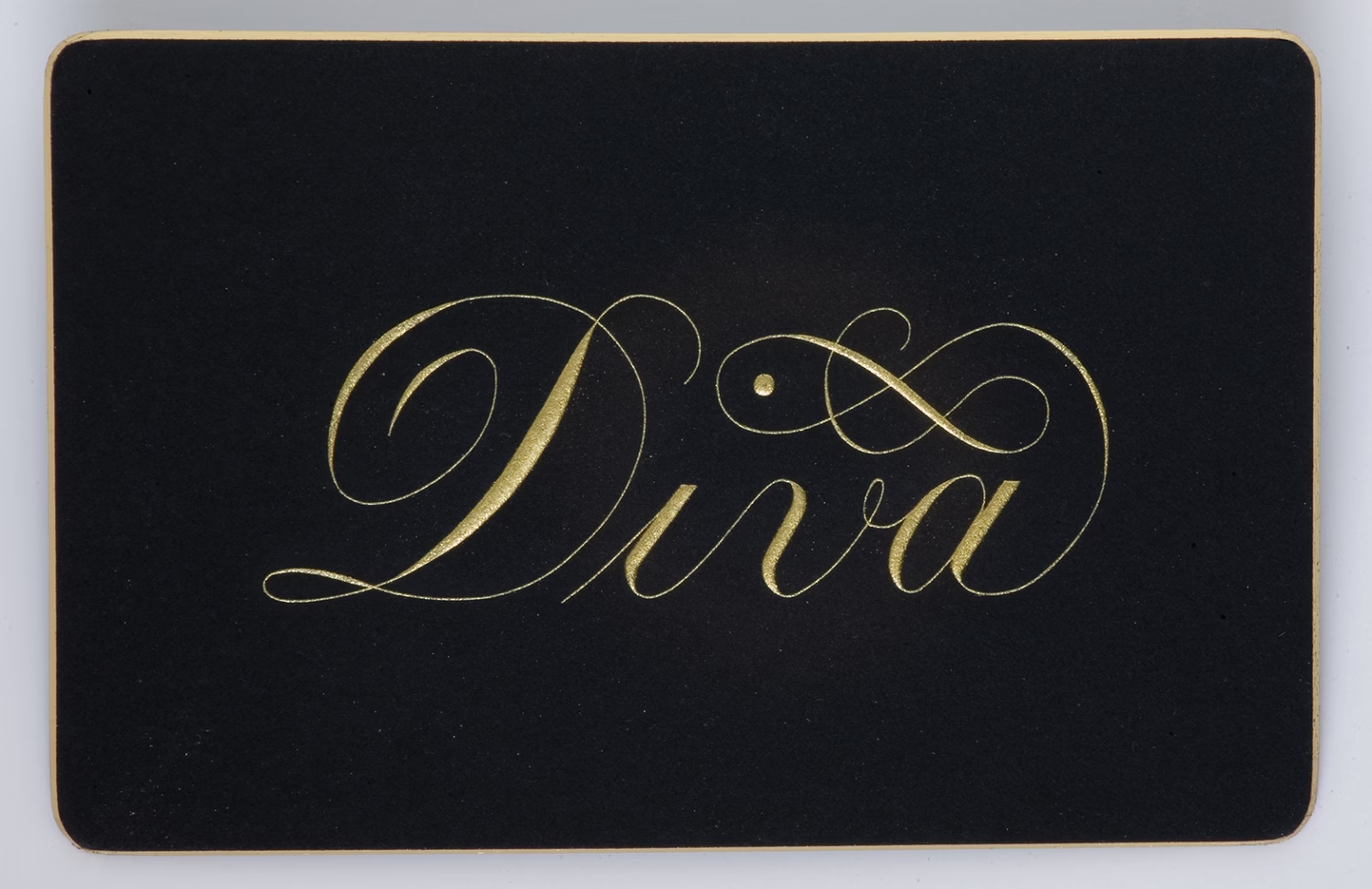This article is primarily about thin paper. To understand what constitutes thin, one should compare it to thick in the same language used by commercial paper companies.
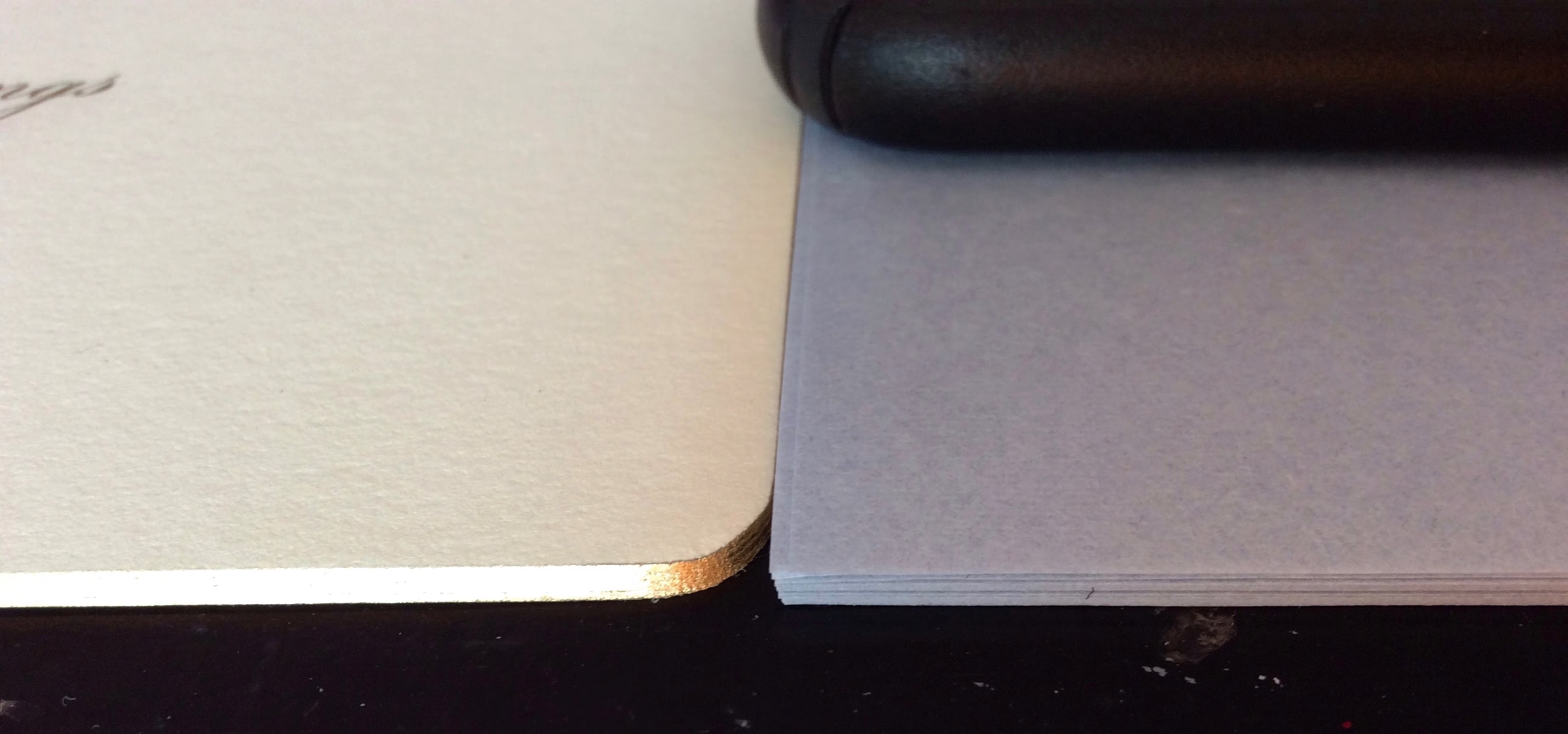
Paper weight refers to how much a ream of paper weighs. Thickness refers to its measure in millimeters or inches and may also be affected by tooth or texture. Textured paper appears thicker. A comparison chart and descriptions about the differences between weight and thickness are discussed further on.
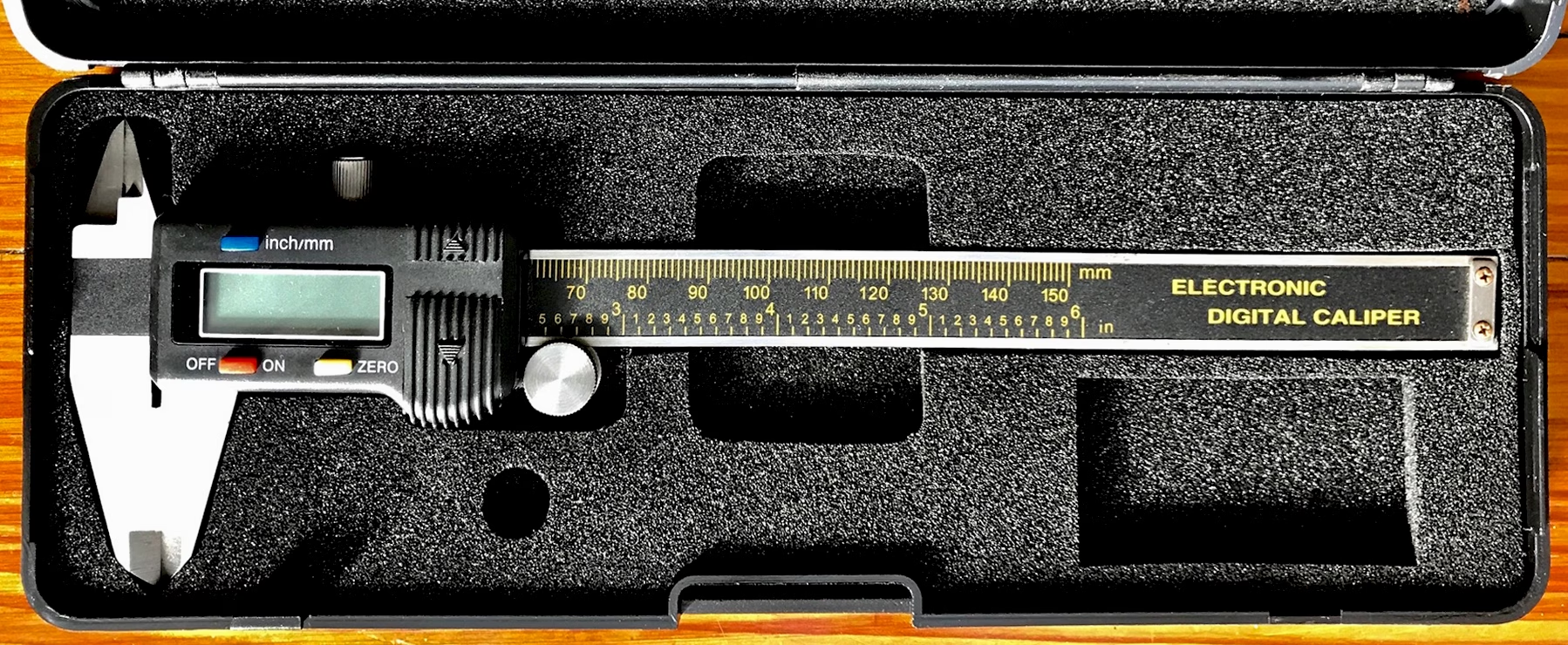
For the purpose of this article, thin paper is between 9 and 50lb, approximately 13 to 75gsm. For context, office or bond paper falls somewhere in the middle, usually available in 20 to 25lb (30 to 38gsm).

Newsprint may be considered on the heavy-end of the lightweight paper spectrum.
Following is a list of lightweight papers used in the studio of stationer Nancy Sharon Collins:
———————————————–
Onion skin: (500 sheets 17 X 22″): Basis weights range from 7 to 10lb. High-speed printing and converting machines have a difficult, if not impossible task, handling the delicate weight, and onion skin has fallen out of favor. Cotton content onion skin, a favorite of the author, has not been produced for more than 20 years.
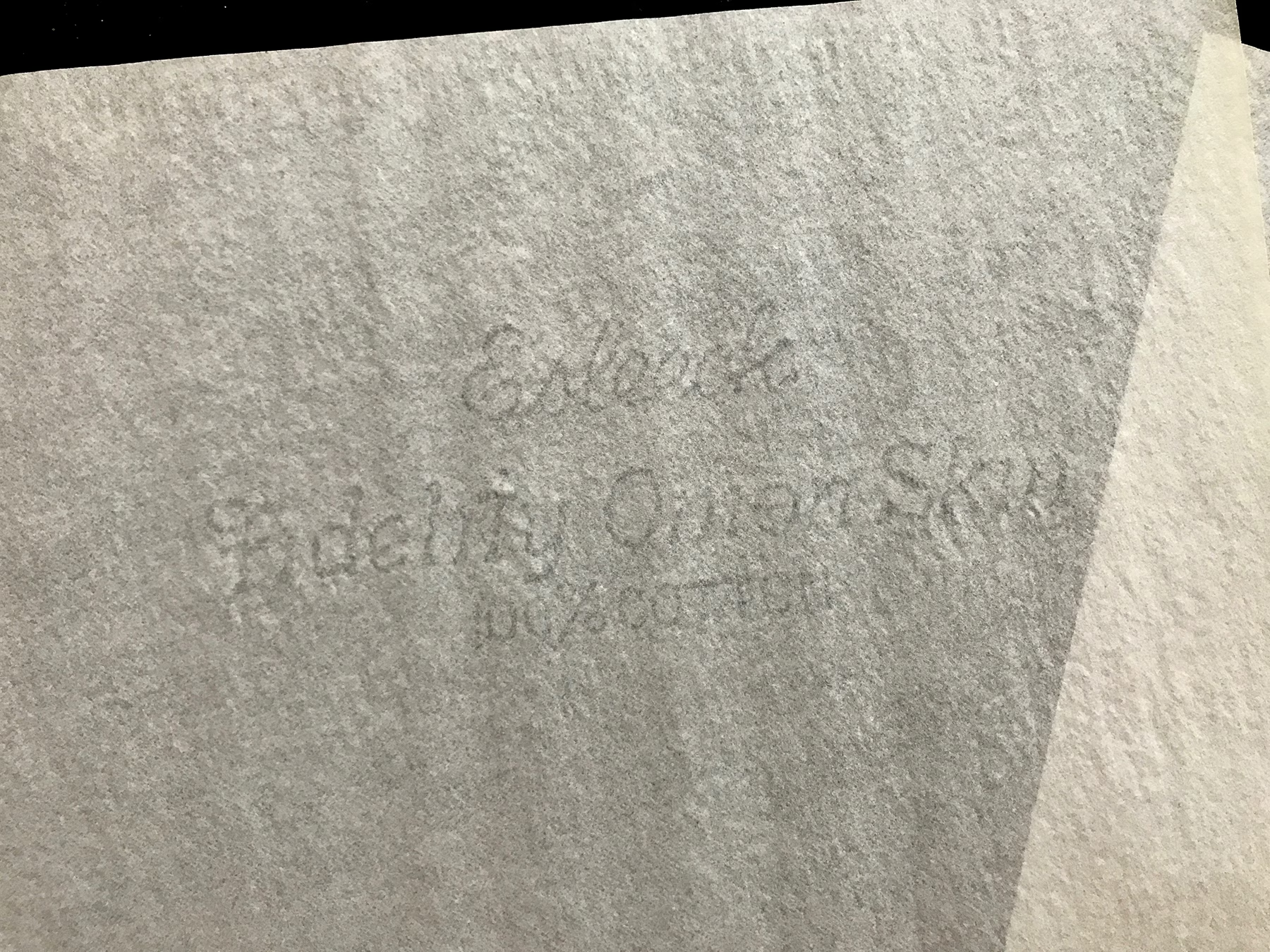
Onion skin in colors once came in many hues including pink, orange, various blues, yellow, and even greens. It was an early form of color coding, called manifold paper, and has not been manufactured in approximately half a century.
Before digital printing, when typewriters generated office correspondence, manifold paper was used with carbon paper to make duplicates and triplicates of a letter. Each color signifies to what department of a company the copy would go to. Each brightly colored sheet was placed on top of carbon paper, several stacked together, placed in the typewriter, and a letter of correspondence was upon it typed. The top sheet was always white containing the company’s letterhead graphics, and was considered the “original”, which was sent via post to a customer or business associate. The various colors distributed to different in-house departments. For instance, yellow for accounting, pink for sales.
Alpha cellulose onion skin is still available and is particularly receptive to letterpress printing.
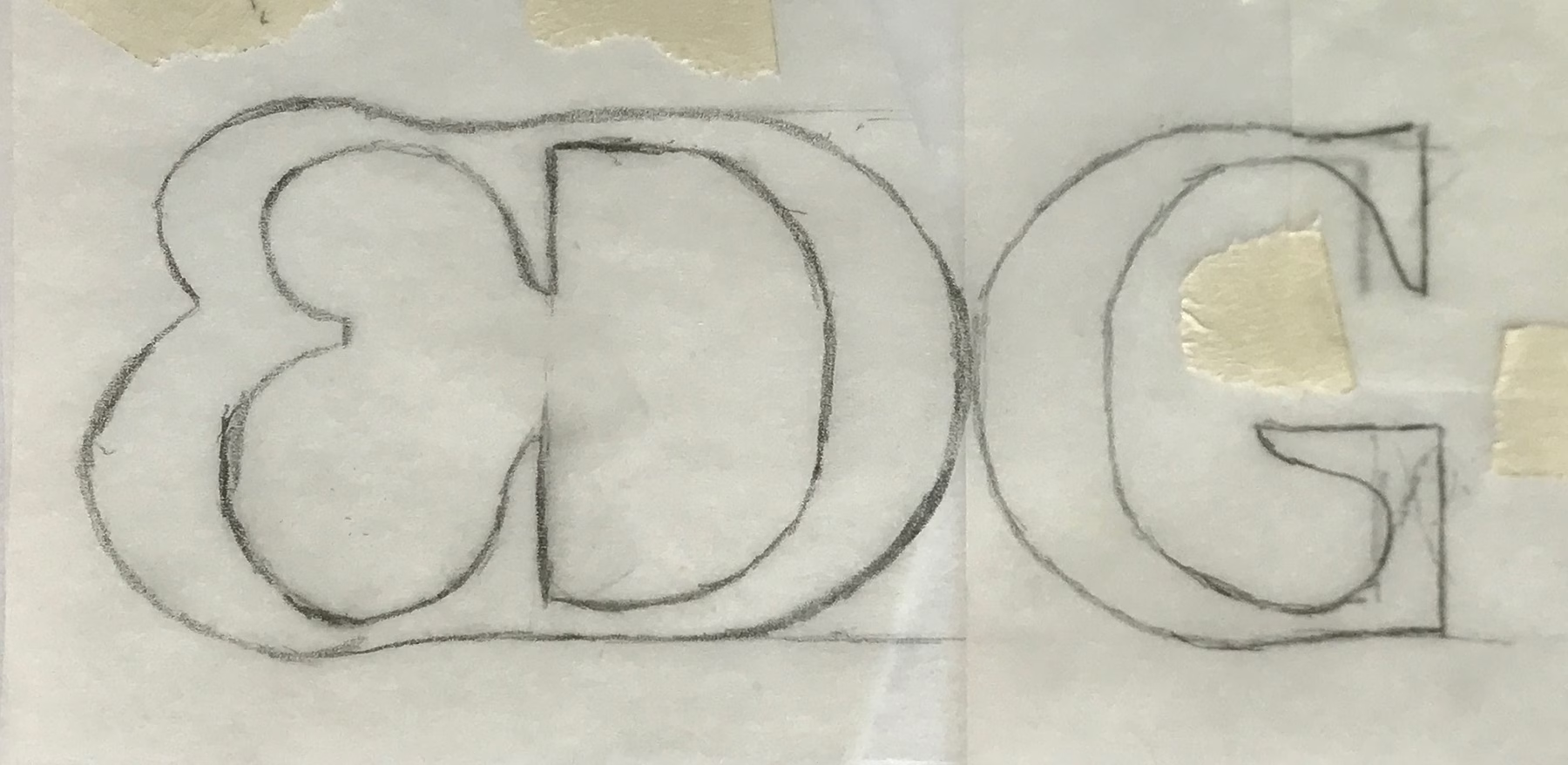
Tracing: Extremely thin and transparent paper, available in rolls, sheets, and several sizes. Also referred to a Canary paper and bumwad. The author uses 7.5lb Canary paper, not generally suitable for printing.

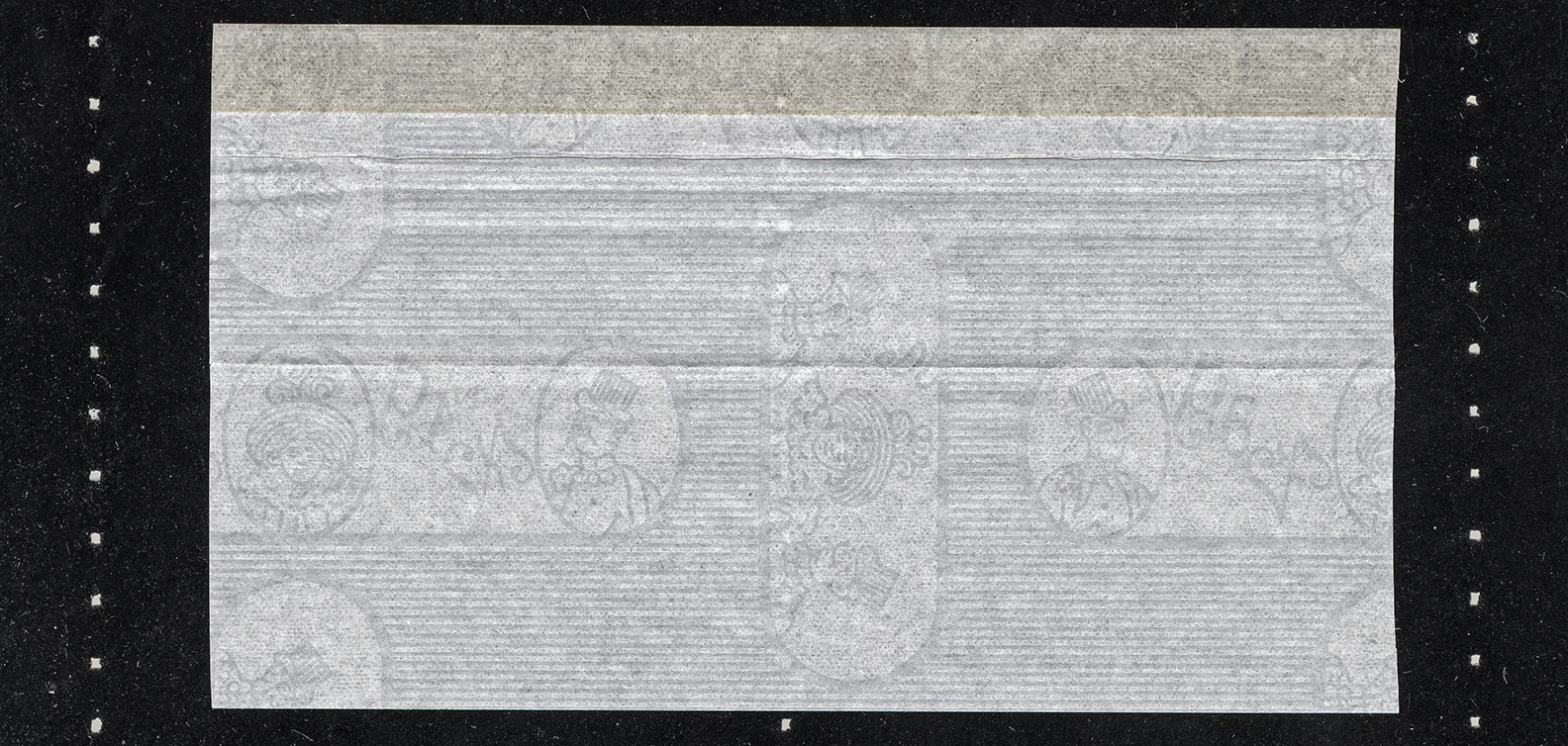

Tobacco or rolling paper: Though not a printing paper, rolling paper is exceptionally thin, permeable (for transferring burning tobacco smoke), and durable. Basis weights hover around 17 to 20gsm. It can be colored and even flavored.
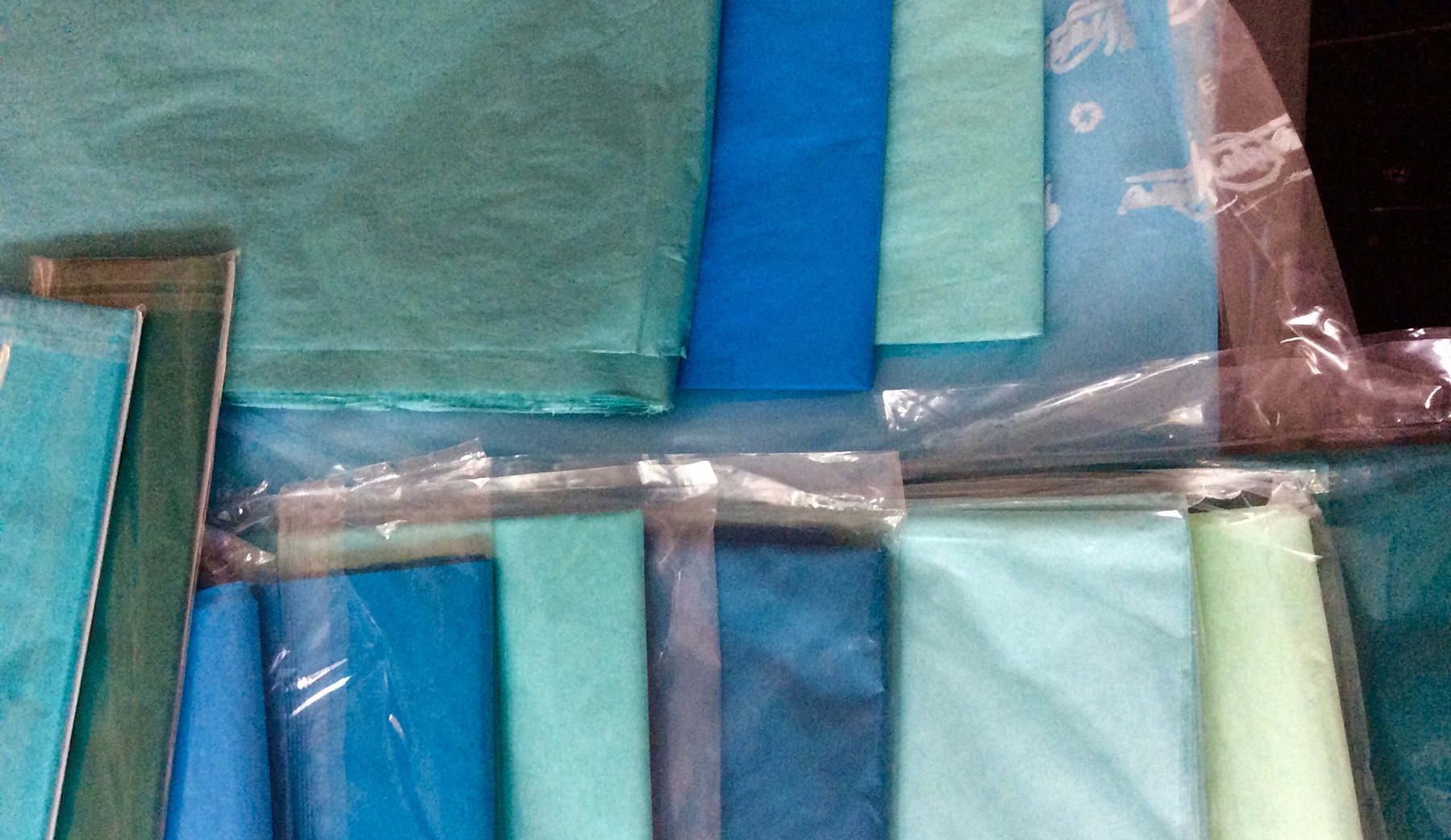
Tissue: (500 sheets 24 X 36″): Basis weights generally lighter than 18lb. Note that 18lb appears heavier than onion skin at 7-10lb, tissue basic sheet sizes are larger so its weight is distributed over a much larger area making it thinner to the touch.

Glassine: (500 sheets 24 X 36″): 12 to 90lb with the ordinary range being from 15 to 40lb. Used for interleaving and packaging. Not usually a printing paper.
———————————————–
The above list comprises Mrs. Collins’s preferred lightweight papers. There are others, of course. Indopaque from Bolloré Thin Papers and older vellums that can be found on Etsy and other websites selling left over stock. Sadly, beloved Tomoe River papers are no longer available.
———————————————–
Additionally…when choosing thickness for a project, paper weight denominations can confuse. Measuring, and understanding, measurements for paper are further complicated by the fact that different types of paper have different basic (basis or native) sheet sizes. Generally, office printing paper basis size is 17 X 22″; text weight sheets are 25 X 38″; cover is 20 X 26″, and etc. Neenah has a handy reference chart here.
Paper is measured in pounds, points, and grams per square inch. Understanding the relationship between, say, 35lb and 52gsm text can be confusing (the two are virtually the same weight). Following is a chart with some nomenclature for each measuring unit:
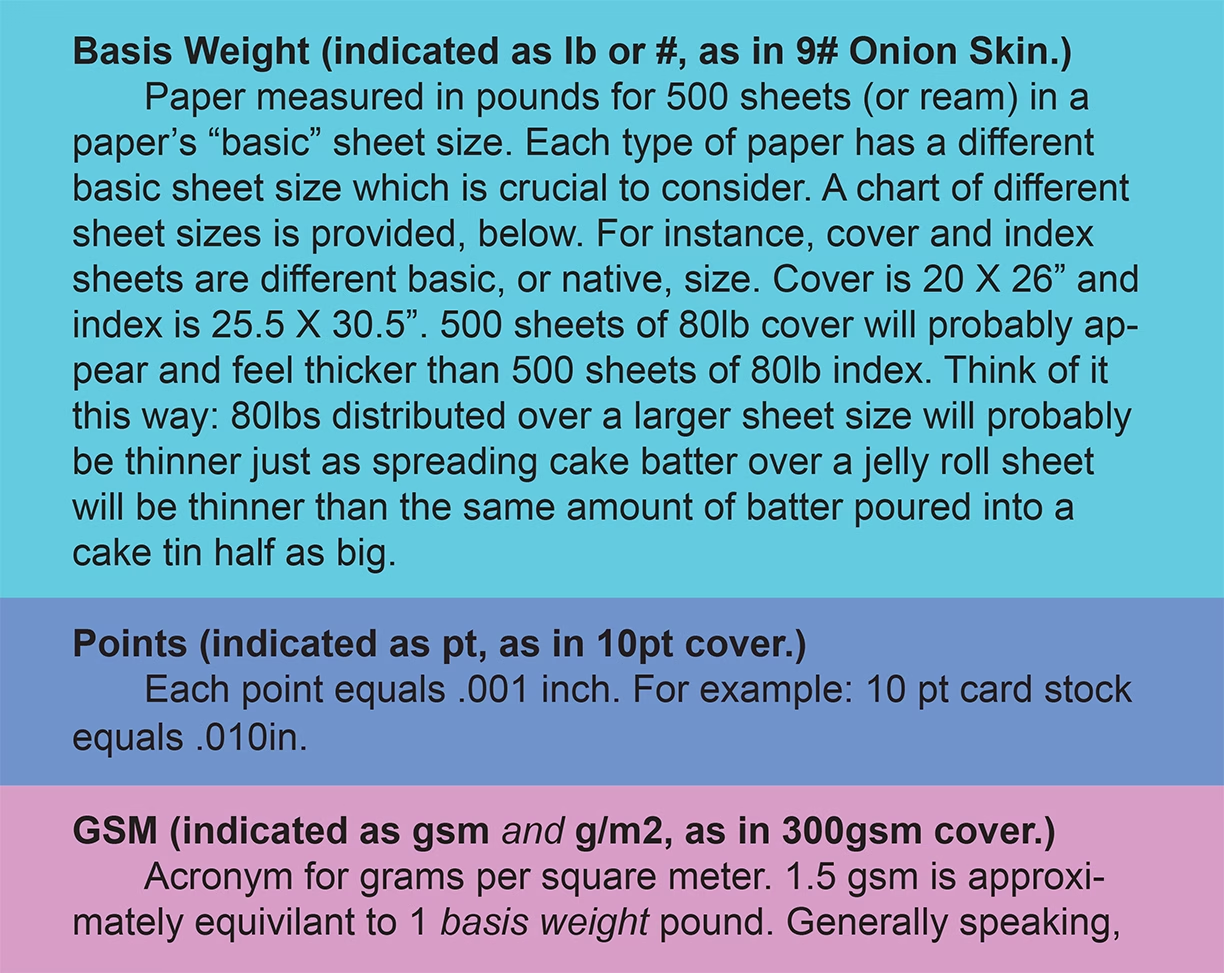
There are some useful charts available online as well. For instance, International Paper provides caliper to basis weight conversions.
While not all papers in this article are suitable for printing, becoming familiar with the many properties of lightweight paper is sheer joy.
